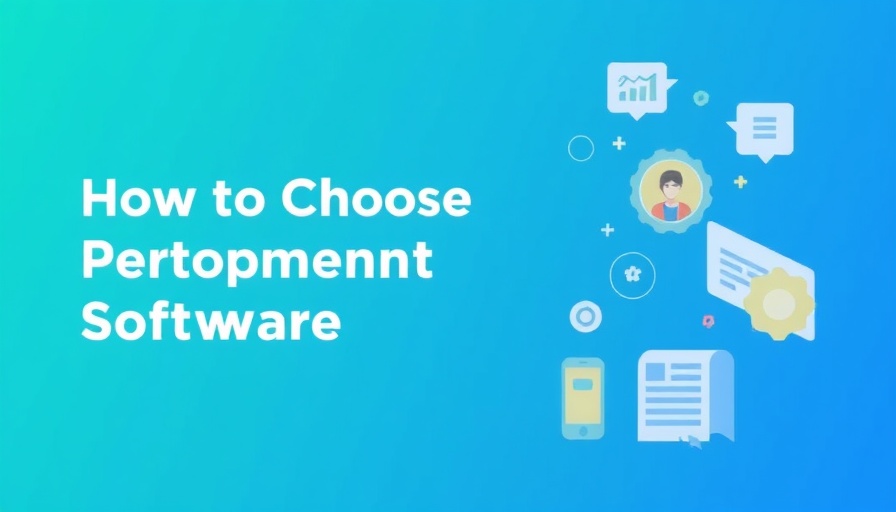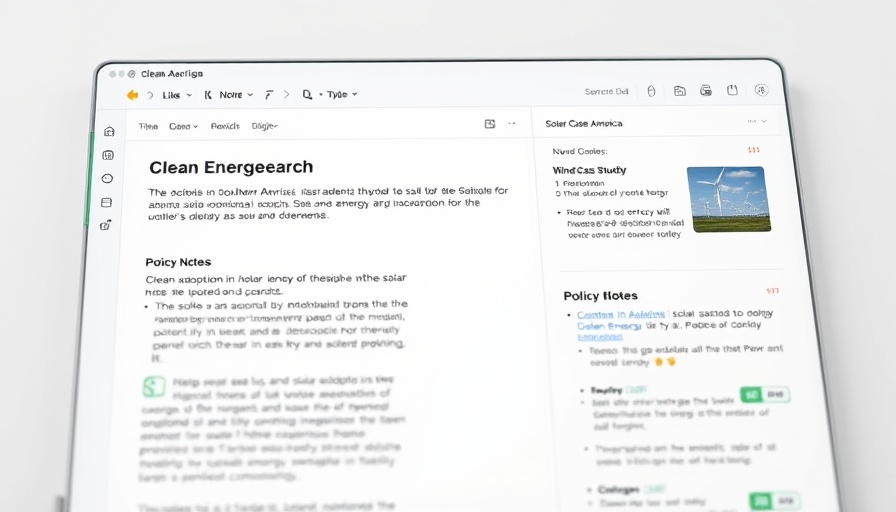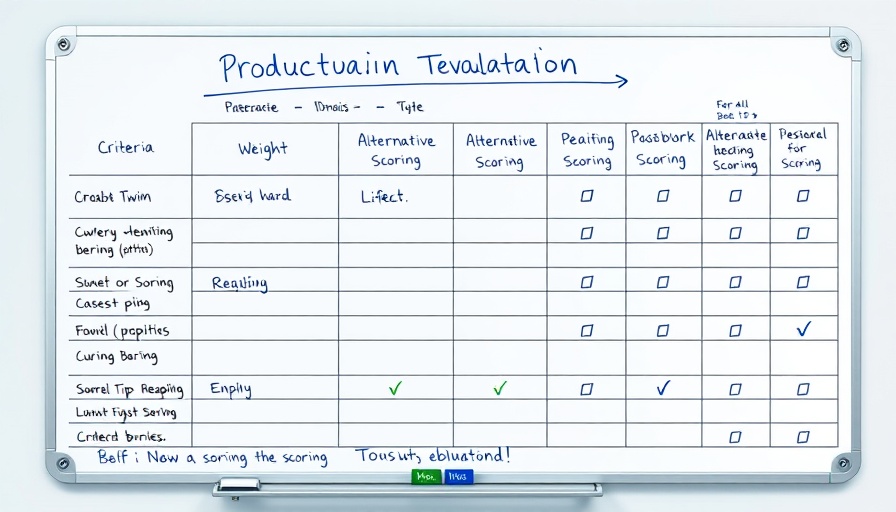
Unlocking Team Potential: A Guide to Performance Management Software
For business owners navigating the complexities of growth, selecting the right performance management software can significantly impact team dynamics and productivity. With more responsibilities piled on HR leaders—from continuous feedback to goal tracking—an effective tool can simplify processes and align teams with overarching company objectives.
What Are the Essentials?
Before diving into the plethora of options available, it's crucial to understand what features truly matter. Here are ten vital functionalities to keep in mind:
- Plan Flexibility: Look for transparent pricing plans that can adapt to your evolving business needs.
- Data Access and Reporting: Prioritize platforms offering customizable reports and real-time metrics to enhance decision-making.
- Integration with Existing Tools: Ensure your performance management system seamlessly connects with your HRIS and engagement platforms.
- User Experience: Intuitive interfaces make it easier for managers and employees alike to engage with the software.
- Feedback Mechanisms: Continuous feedback systems foster an environment of collaboration and quick resolution of issues.
- Goal Setting Features: Effective goal management aligns employee efforts with the company’s vision, driving engagement and accountability.
- Mobile Accessibility: In today’s remote work environment, access via mobile devices is essential for on-the-go productivity.
- Compliance and Security: Choose a platform that safeguards sensitive employee information and stays compliant with legal standards.
- Scalability: Ensure the tool can grow alongside your company, accommodating more users or features as needed.
- Support and Training: Strong vendor support and training resources are key to a smooth implementation process.
Implementation: 5 Steps to Success
Once you know what you’re looking for, the next step is to effectively implement your chosen software. Here's a streamlined process:
- Identify Your Needs: Conduct a needs assessment to pinpoint specific gaps the software should fill.
- Research Vendors: Gather testimonials and case studies to shortlist potential vendors.
- Make a Shortlist: Narrow down your options based on essential criteria that will ensure both compatibility and functionality.
- Build the Business Case: Clearly articulate the benefits of the proposed software to key stakeholders to gain buy-in.
- Implement and Onboard: Invest time in training and integration to ensure your team is equipped to maximize the tool’s features.
Future Trends in Performance Management Tools
As companies move towards more flexible working environments, incorporating AI in HR practices is becoming paramount. Performance management software is evolving with capabilities that provide real-time insights and predictive analytics, enabling leaders to make proactive adjustments to strategies and processes. Understanding these trends allows organizations to stay ahead and foster a culture of continuous improvement.
The Emotional Aspect: What Your Team Really Needs
Choosing the right performance management solution goes beyond just functionalities; it’s about employee satisfaction and trust. A tool that aids in personal development and respects individuality builds stronger connections and reduces turnover. Investing in an adaptable and user-friendly platform speaks volumes about a company’s commitment to its people, which in turn fosters a resilient corporate culture.
Are you ready to transform performance management in your organization? As you embark on selecting the right software, consider reaching out for professional guidance tailored to your unique needs. With the right support, you can navigate the array of options confidently and make informed decisions that drive success.
 Add Row
Add Row  Add
Add 



Write A Comment